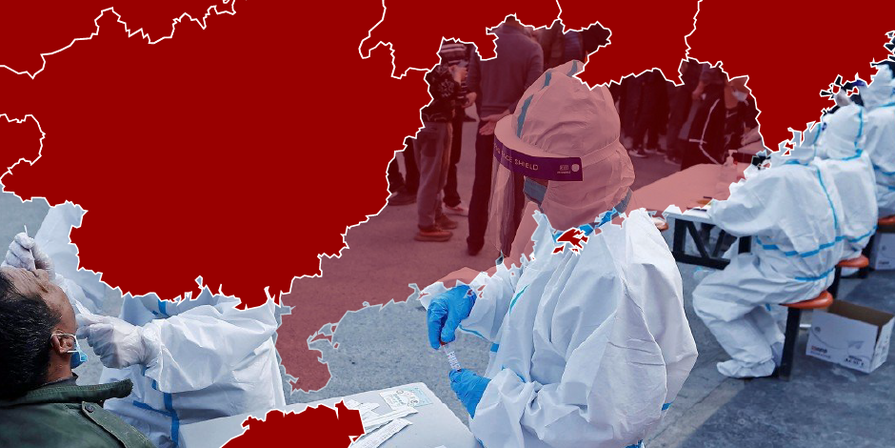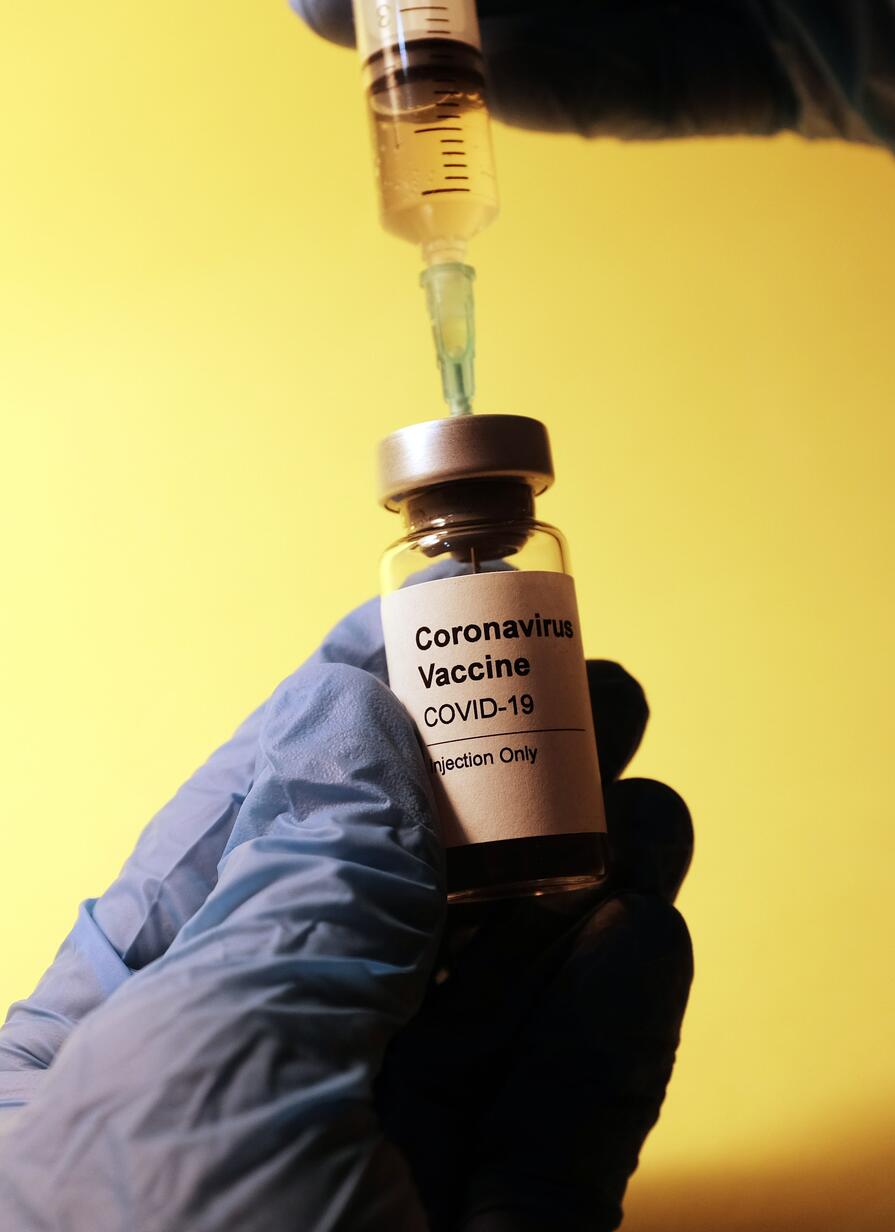by Samuel Day Fassbinder
Hosted by Peking Union Medical College, a USC Keck School of Medicine Department of Medicine delegation visited China April 20- May 5, 2008. While in China, the delegates observed critical care facilities in several major medical centers and lectured at conferences in Beijing and Shanghai. Through these activities, the USC delegation interacted with over many Chinese physicians, including more than half of China's specialists in respiratory medicine and intensive care. The lectures and visits were organized by Renli Qiao, MD, USC Associate Professor of Clinical Medicine. Edward Crandall, PhD, MD Hastings Professor and Norris Chair of Medicine, led the delegation which consisted of physician-scientists from USC as well as UCSF and Sweden.
“Critical care, formally incorporated into the Chinese hospital system only in the last few years, is the result of China’s economic growth,” stated Dr. Qiao when asked about the importance of the visit. “As the Chinese economy grows, the People’s Republic is investing more resources into improving the quality of life. One aspect of this investment has been to bring the country’s huge hospital system up to international standards,” Dr. Qiao stated. Part of this effort is in the establishment of intensive care units in China’s hospitals. Three years ago, Dr. Qiao began assisting in the code revision of the ICU facility, later used for hospital credentialing by the Chinese Ministry of Health.
Since 2002, Dr. Qiao has presented an annual series of CME lectures sponsored by the Chinese Ministry of Health. After presenting the CME Lectures, and serving as a visiting professor at several major medical universities, Dr. Qiao began to realize the pressing needs of the Chinese health care system. While the government and the major hospitals have budgeted sufficient funding for necessary, expensive equipment, there are no specialty training programs in China that correspond to the training received in the U.S.
Medical specialists in China achieve proficiencies by accumulating knowledge and experience only through work in their corresponding fields. There is no systematic training beyond residency in China. This deficiency in specialist training is most obvious in areas such as critical care, because no ICU exposure is provided in China’s medical residency programs. On the other hand, an important portion of the academic requirements for medical faculty at USC is to provide not only specialist training but the opportunity to lecture for trainees and colleagues in the field. This practice enhances the medical education beyond the work experience training and these lectures can be readily expanded to benefit society in other parts of the world.
China's oldest medical university was founded in the Tang Dynasty, one thousand years ago. Modern medical universities began to be established in China early in the 20th century. Founded by the Rockefeller Foundation in the early 1920s, Peking Union Medical College (PUMC) is China's leading medical university. Its other name, Chinese Academy of Medical Sciences, reflects its leading position in medical sciences.
This year’s Third PUMC Annual conference was co-chaired by Dr. Zhu Yuanjue , former President of the Chinese Medical Association and Dr. Cai Boqiang, Chairman of respiratory medicine at PUMC hospital(and chief editor of the Chinese ICU textbook), with Drs. Crandall and Qiao representing USC.
At the conference, Dr. Crandall lectured on: ICU in Modern Health System: The impact of the Leapfrog standard. Dr. Crandall’s keynote lecture described the ongoing effort in American hospitals to standardize the structure of Intensive Care Units. Dr. Qiao lectured on ventilator management and Dr. Richard Barbers presented a recent advance in the management of refractory asthma.
After the PUMC conference, the delegation visited Anzhen Hospital of Beijing Capital Medical University. This 1300-bed facility is China’s leading institution in cardiovascular disease, with a budget of 12 billion Renminbi (or about $7 billion). China’s first lung transplant was performed here. Nowadays, Anzhen Hospital conducts over 1000 cardiac bypass surgeries annually. Anzhen Hospital has been designated as the medical center for the 2008 Beijing Olympics.
Dr. Barbers and Dr. Qiao also spoke at the Annual Zhongshan Conference in Respiratory Medicine in Shanghai. Zhongshan Hospital is the largest hospital in the region, with 1600 beds. Dr. Barbers, medical director of the USC lung transplant program, served as keynote speaker, lecturing on Lobar Transplantation. Dr. Qiao lectured on The Management of Massive Pulmonary Embolism.



